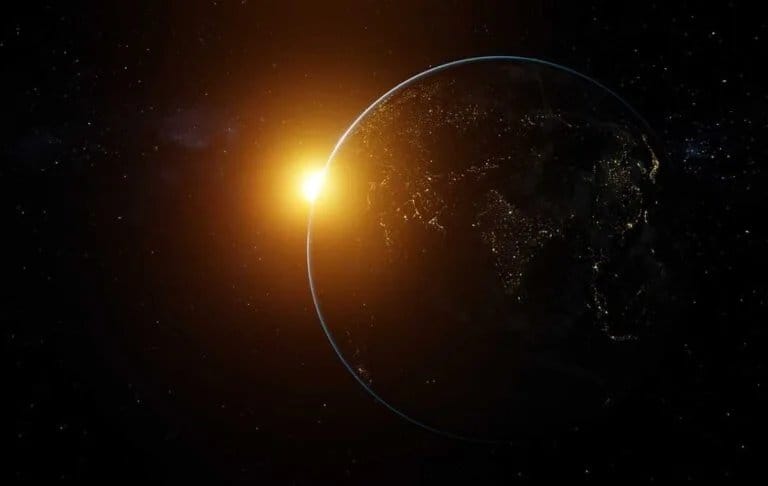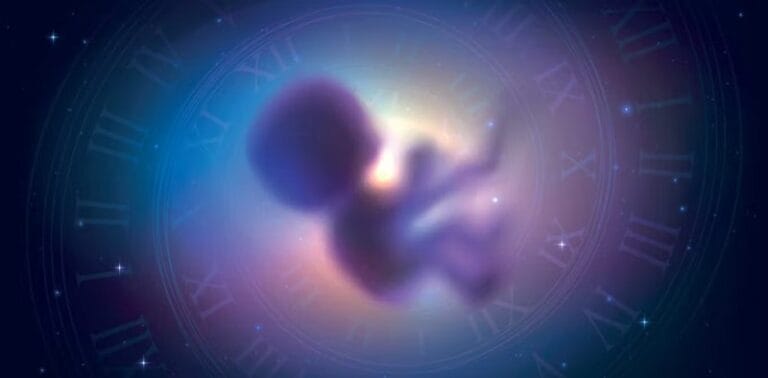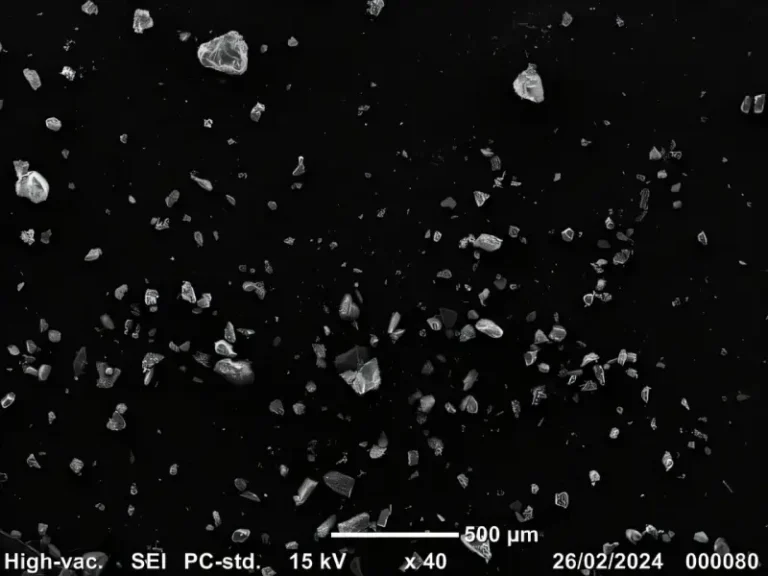Origin of asteroid that wiped out dinosaurs determined

Around 66 million years ago, a catastrophic event changed the course of life on Earth forever. This event, known as the Chicxulub asteroid impact, not only caused the extinction of around 70% of all animal species, including dinosaurs, but also marked the end of the Cretaceous period and the beginning of the Paleogene. Recently, an international study led by geoscientists from the University of Cologne brought new evidence about the origin of this asteroid, revealing that it formed outside Jupiter’s orbit during the early stage of development of our solar system.
The Chicxulub Impact and Its Consequences
The impact of the asteroid, approximately 10 kilometers in diameter, occurred near the Yucatán Peninsula in Mexico, creating the Chicxulub crater. This event was so powerful that it evaporated the asteroid and large quantities of terrestrial rock. As a result, fine dust particles were thrown into the stratosphere, obscuring the sun and causing drastic changes in the Earth’s climatic conditions. The interruption of photosynthetic activity, caused by the lack of sunlight, led to a collapse in the global food chain, resulting in the mass extinction that marks the end of the Cretaceous.
The layer of sediment deposited by the asteroid’s impact, rich in platinum group metals, bears witness to this cataclysmic event. These metals, especially ruthenium, are extremely rare in the Earth’s crust, but are present in high concentrations at the boundary between the Cretaceous and the Paleogene, allowing scientists to identify and study this layer in various parts of the world.
Isotopic Analysis and the Origin of the Asteroid
The researchers from the University of Cologne, using the clean room laboratory of the Institute of Geology and Mineralogy, carried out a detailed analysis of the isotopic composition of the ruthenium present in this sedimentary layer. The results indicated that the Chicxulub asteroid has an isotopic composition compatible with that of carbonaceous asteroids, which formed beyond Jupiter’s orbit during the formation of the solar system.
“The asteroid’s composition is consistent with that of carbonaceous asteroids that formed outside Jupiter’s orbit during the formation of the solar system,” explained Dr. Mario Fischer-Gödde, first author of the study.

This study also compared the isotopic composition of craters and impact structures of different ages on Earth. What the scientists found was intriguing: in the last 500 million years, most impacts on Earth have been caused by fragments of S-type asteroids, which originate from the inner solar system. In contrast, the Chicxulub asteroid appears to be a rare example of an object from the outer solar system hitting the Earth.
The Uniqueness of the Chicxulub Impact
Professor Dr. Carsten Münker, co-author of the study, highlighted the rarity of this event. “We found that the impact of an asteroid like Chicxulub is a very rare and unique event in geological time,” said Münker. This means that the fate of the dinosaurs and many other species was sealed by “this projectile coming from the outer reaches of the solar system”, something that occurs very rarely in Earth’s geological history.
The uniqueness of the Chicxulub impact and its catastrophic consequences lead us to reflect on the fragility of life on Earth and the unpredictability of cosmic events. Understanding the origin and characteristics of this asteroid not only helps us to understand one of the most crucial moments in the history of life on our planet, but also highlights the importance of geoscience research in predicting and possibly mitigating future threats from space.
The study conducted by the team from the University of Cologne has brought to light new information about the origin of the asteroid that caused the Cretaceous-Paleogene extinction.
The study was published in the journal Science.






